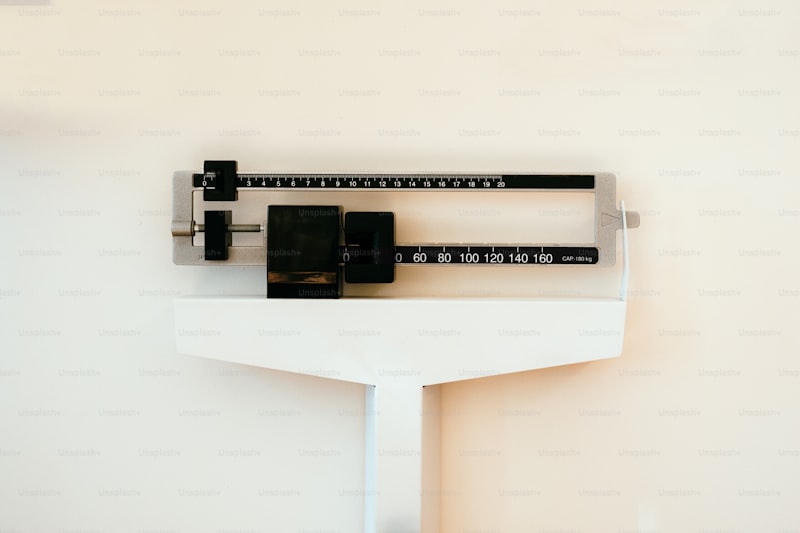Understanding Fabric Weight and Its Effect on Fit: A Comprehensive Guide
Introduction to Fabric Weight
When it comes to clothing, the choice of fabric is crucial, not only for aesthetics but also for fit and comfort. One of the often-overlooked aspects of fabric selection is fabric weight. Understanding how fabric weight affects the fit of a garment can significantly influence your shopping experience, wardrobe choices, and overall satisfaction with your clothing. In this article, we will delve deep into the different categories of fabric weight, how it impacts fit, drape, and overall wearability, along with some essential tips on choosing the right fabric for your needs.
What is Fabric Weight?
Fabric weight refers to the weight of a specific area of fabric, typically measured in grams per square meter (GSM) or ounces per square yard. A heavier fabric weight generally indicates a thicker, denser material, while a lighter fabric weight denotes a thinner, more sheer material. Understanding these measurements can guide you in selecting the right fabric for various garments and occasions.
Categories of Fabric Weight
Fabric weight can generally be classified into three main categories: lightweight, medium-weight, and heavy-weight fabrics. Each category fulfills different purposes and alters how garments fit and feel on the body.
| Fabric Weight Category | Description | Common Uses |
| Lightweight | Fabrics weighing less than 150 GSM | T-shirts, summer dresses, linings |
| Medium-weight | Fabrics weighing between 150-300 GSM | Jackets, blouses, and trousers |
| Heavy-weight | Fabrics weighing over 300 GSM | Coats, winter clothing, upholstery |
The Impact of Fabric Weight on Fit
The weight of the fabric directly influences how a garment fits. Here’s how:
Lightweight Fabrics
Lightweight fabrics, such as chiffon or jersey, tend to drape elegantly over the body. They can create fluid lines and are excellent for layering. However, they may also cling to the body if not styled properly, potentially highlighting unwanted areas. It’s essential to choose the right cut and undergarments when wearing lightweight pieces.
Medium-weight Fabrics
Medium-weight fabrics, such as cotton twill and denim, provide a balanced fit. They offer structure without being overly rigid, allowing for movement. This weight makes them versatile for both casual and professional wear, creating a flattering silhouette without compromising comfort.
Heavy-weight Fabrics
Heavy-weight fabrics, like wool and canvas, are known for their durability and insulation. While they provide a robust fit perfect for colder weather, they can sometimes restrict movement or add bulk. Tailoring is crucial when working with heavy-weight fabrics to ensure the garment fits well without appearing oversized.

Understanding Fabric Drape
Drape refers to how a fabric hangs or falls when in use. The weight of the fabric plays a pivotal role in how it drapes. Heavier fabrics tend to maintain their shape better and resist blowing in the wind, making them ideal for structured styles. Conversely, lightweight fabrics create soft, flowing lines but may require additional support or lining to prevent transparency.
Key Considerations When Choosing Fabric Weight
When selecting fabrics for your wardrobe, consider these factors:
- Purpose of the Garment: Determine when and where you will wear the item. Lightweight fabrics are ideal for summer, while heavy-weight options are better for winter.
- Body Type: Understand how different fabric weights complement your body shape. Heavier fabrics may add bulk to certain areas, while lighter materials can enhance your silhouette.
- Care Instructions: Think about the upkeep required for each fabric weight. Heavier fabrics might need more intensive care, while lighter ones can sometimes be machine-washed.
Conclusion
Understanding fabric weight is essential for making informed decisions about clothing choices. Whether you are shopping for a new outfit or designing your own garments, knowledge of how fabric weight affects fit can empower you to choose wisely. Remember to consider the purpose of the garment, your body type, and the care required for different fabrics. By integrating these considerations into your wardrobe planning, you will be able to craft outfits that not only look great but feel comfortable and fit well.
In summary, fabric weight impacts every element of clothing, from how it fits to how it feels and how it drapes. Whether opting for lightweight, medium-weight, or heavy-weight materials, the right fabric can create a flattering, stylish look that aligns with your personal fashion style and comfort. Embrace the understanding of fabric weight, and elevate your wardrobe choices effectively!
Feel free to explore related queries such as, "How does fabric weight affect layering?", "What are the best lightweight fabrics for summer?", or "How to choose fabrics based on season?" These questions can further enhance your understanding of fabric weight and its implications in fashion.